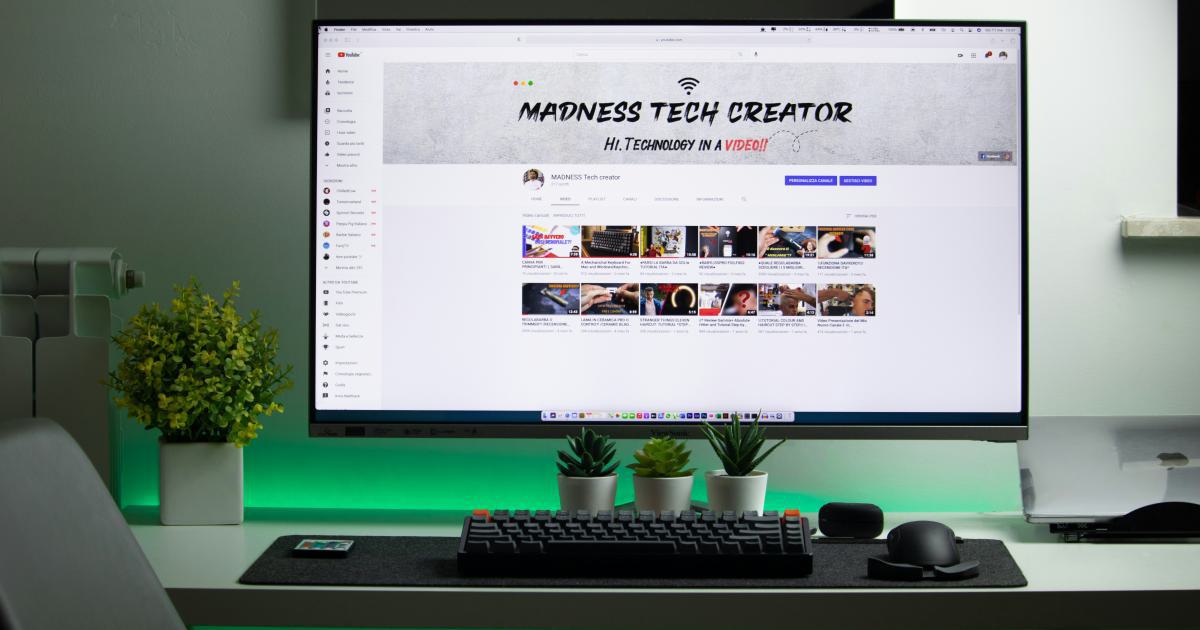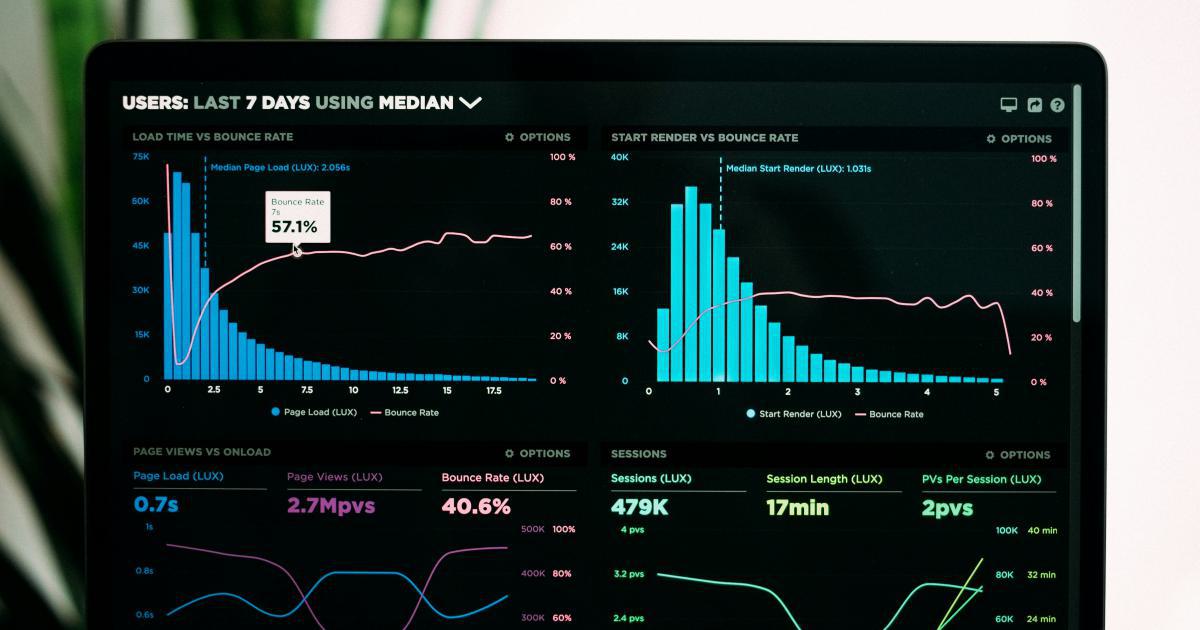Mastering the Art of Content Atomization Strategy


Introduction to Content Atomization
Content atomization is a strategic approach to content creation and distribution that involves breaking down larger pieces of content into smaller, more digestible units. This technique has become increasingly important in the digital age, where attention spans are shorter, and audiences demand quick, relevant information.

By understanding the principles of content atomization, marketers and content creators can effectively reach and engage their target audience, maximize the impact of their content, and improve their overall content strategy.
The Importance of Content Atomization
In today's fast-paced, information-driven world, people are constantly bombarded with content from a variety of sources. This can lead to information overload, making it challenging for audiences to consume and retain the information they need. Content atomization addresses this issue by:
Improved Consumption and Retention: Smaller, more focused content units are easier for audiences to digest and remember, leading to better engagement and a higher likelihood of taking action.
Enhanced Discoverability: Atomized content can be more easily discovered and shared across various digital channels, increasing the reach and visibility of your content.
Adaptability and Repurposing: Atomized content can be easily repurposed and adapted for different platforms, devices, and audience preferences, allowing you to maximize the value of your content investments.
Personalization and Targeted Delivery: Atomized content can be tailored to the specific needs and preferences of individual users, providing a more personalized and relevant experience.
Improved Analytics and Optimization: Tracking the performance of smaller content units can provide valuable insights for content optimization and strategic decision-making.
The Content Atomization Process
The content atomization process involves breaking down larger content pieces into smaller, more manageable units. This can include:
Identifying Core Content Themes: Analyze your existing content to identify the key themes, topics, and messages that resonate with your audience.
Defining Content Atoms: Break down your content into smaller, self-contained units or "atoms" that can stand on their own and be easily repurposed and distributed.
Structuring Content Hierarchy: Organize your content atoms into a logical hierarchy, with larger "pillar" content pieces supported by smaller, more focused content units.
Optimizing for Discoverability: Ensure your atomized content is optimized for search engines, social media platforms, and other digital channels to improve its visibility and reach.
Repurposing and Distribution: Leverage your atomized content across multiple channels and formats, such as blog posts, social media updates, email newsletters, and video content.
Measuring and Iterating: Continuously monitor the performance of your atomized content and make adjustments to your strategy based on data-driven insights.

Defining Content Atoms
The foundation of a successful content atomization strategy is the definition and creation of content atoms. These are the smallest, self-contained units of content that can be easily repurposed and distributed across various channels.
Characteristics of Effective Content Atoms
Focused on a Single Idea or Topic: Content atoms should be laser-focused on a specific idea, concept, or message, rather than trying to cover multiple topics in a single unit.
Concise and Digestible: Atomized content should be short, easily consumable, and designed to capture the audience's attention quickly.
Standalone and Modular: Each content atom should be able to stand on its own, without requiring additional context or information from larger content pieces.
Optimized for Discoverability: Content atoms should be optimized for search engines, social media platforms, and other digital channels to improve their visibility and reach.
Flexible and Adaptable: Atomized content should be easily repurposed and adapted for different formats, platforms, and audience preferences.
Types of Content Atoms
There are various types of content atoms that can be leveraged in a content atomization strategy, including:
Blog Posts or Articles: Short, focused pieces of written content that explore a specific topic or idea.
Social Media Updates: Bite-sized content designed for platforms like Twitter, LinkedIn, or Instagram.
Infographics: Visual representations of data or information that are easy to digest and share.
Videos: Short, targeted video content that can be easily consumed on the go.
Podcasts or Audio Clips: Bite-sized audio content that can be listened to during commutes or other activities.
Images or Graphics: Visually appealing content that can be used to illustrate a concept or support a message.
Checklists or Worksheets: Practical, actionable content that can help your audience achieve a specific goal or task.

Developing a Content Atomization Strategy
Crafting an effective content atomization strategy requires a strategic and systematic approach. Here are the key steps to consider:
Step 1: Audit Your Existing Content
Begin by reviewing your existing content to identify opportunities for atomization. Look for longer-form content pieces, such as blog posts, whitepapers, or webinars, that can be broken down into smaller, more focused units.

Step 2: Identify Core Content Themes and Topics
Analyze your audience's interests, pain points, and search behaviors to determine the core themes and topics that resonate most with them. These will serve as the foundation for your content atomization strategy.
Step 3: Define Your Content Atoms
Based on the core themes and topics, define the specific content atoms that you will create. Ensure that each atom is focused on a single idea or message and can stand on its own.

Step 4: Establish a Content Hierarchy
Organize your content atoms into a logical hierarchy, with larger "pillar" content pieces supported by smaller, more focused units. This will help ensure that your content is structured in a way that is easy for your audience to navigate and consume.
Step 5: Optimize for Discoverability
Optimize your content atoms for search engines, social media platforms, and other digital channels to improve their visibility and reach. This may include incorporating relevant keywords, crafting attention-grabbing titles and descriptions, and ensuring your content is properly formatted and structured.

Step 6: Repurpose and Distribute
Leverage your atomized content across multiple channels and formats, such as blog posts, social media updates, email newsletters, and video content. This will help you maximize the value of your content investments and reach a wider audience.

Step 7: Measure and Iterate
Continuously monitor the performance of your atomized content and make adjustments to your strategy based on data-driven insights. Track metrics such as engagement, click-through rates, and conversion rates to identify which content atoms are resonating most with your audience.

Best Practices for Effective Content Atomization
To ensure the success of your content atomization strategy, consider the following best practices:
Align with Your Audience's Needs: Ensure that your content atoms are tailored to the specific needs, interests, and pain points of your target audience.
Maintain Consistent Branding: Ensure that your atomized content maintains a consistent look, feel, and messaging that aligns with your overall brand identity.
Leverage Multimedia Content: Incorporate a variety of content formats, such as videos, infographics, and audio clips, to create a more engaging and diverse content experience.
Encourage Interaction and Engagement: Incorporate interactive elements, such as calls-to-action, quizzes, or polls, to encourage your audience to engage with your content.
Leverage Influencers and Partnerships: Collaborate with industry influencers or complementary brands to amplify the reach and impact of your atomized content.
Continually Iterate and Optimize: Regularly analyze the performance of your content atoms and make adjustments to your strategy based on data-driven insights.

Mastering Content Atomization: Real-World Examples
To illustrate the power of content atomization, let's explore a few real-world examples:
Example 1: HubSpot's Content Atomization Strategy
HubSpot, a leading marketing and sales software company, has successfully implemented a content atomization strategy to reach and engage its target audience. The company breaks down its longer-form content, such as blog posts and ebooks, into smaller, shareable units that can be distributed across various digital channels.
For example, a single blog post on "The Ultimate Guide to Content Marketing" might be atomized into the following content pieces:
- A series of social media updates highlighting key takeaways
- A set of visual quotes or infographics that can be shared on platforms like Instagram or LinkedIn
- A short video summarizing the main points
- A downloadable checklist or worksheet related to content strategy
By repurposing and distributing this content across multiple channels, HubSpot is able to maximize the reach and impact of its content, while also providing its audience with easily consumable and actionable information.

Example 2: Canva's Visual Content Atomization
Canva, a popular design platform, has mastered the art of content atomization through its visual content strategy. The company creates a wide range of visual content assets, such as social media graphics, infographics, and design templates, that can be easily repurposed and shared across various digital channels.
For instance, Canva might create a detailed infographic on "The Psychology of Color in Design" and then break it down into the following content atoms:
- Individual slides or sections of the infographic that can be shared as standalone social media posts
- A series of design templates or templates that users can customize and share on their own social media channels
- A short video or animated GIF highlighting the key insights from the infographic
- A downloadable PDF version of the infographic for users to reference
By leveraging this content atomization approach, Canva is able to generate a constant stream of visually engaging and shareable content that resonates with its audience and helps to drive engagement and brand awareness.

Example 3: The New York Times' Multimedia Content Atomization
The New York Times, a renowned news organization, has embraced content atomization by leveraging a wide range of multimedia formats to reach and engage its audience. The company creates in-depth articles, but also breaks down this longer-form content into smaller, more digestible units that can be shared across various digital channels.
For example, a NYT article on the "Future of Renewable Energy" might be atomized into the following content pieces:
- A series of short video clips or audio snippets featuring key insights or expert interviews
- Infographics or data visualizations that highlight the most important statistics and trends
- Social media updates that tease the article's main points or engage readers with thought-provoking questions
- A downloadable report or whitepaper that provides a more comprehensive analysis of the topic
By incorporating a diverse range of content formats and distribution channels, The New York Times is able to reach a wider audience and ensure that its content is accessible and engaging for readers across various platforms and devices.

Overcoming Challenges in Content Atomization
While content atomization can be a powerful strategy, it also comes with its own set of challenges. Here are some common obstacles and strategies for overcoming them:
Challenge 1: Maintaining Consistency and Coherence
Atomizing content into smaller units can sometimes result in a lack of overall coherence or a disjointed user experience. To overcome this, focus on crafting a consistent brand identity, tone, and messaging across all of your content atoms.
Challenge 2: Avoiding Excessive Repurposing
While repurposing content is a core aspect of content atomization, it's important to avoid simply recycling the same content across multiple channels. Ensure that each content atom is tailored to the specific platform and audience preferences.
Challenge 3: Ensuring Discoverability and Visibility
With so much content being produced and shared online, it can be challenging to make your atomized content stand out. Optimize your content for search engines, leverage relevant keywords, and explore innovative distribution channels to improve discoverability.
Challenge 4: Measuring and Tracking Performance
Tracking the performance of individual content atoms can be more complex than measuring the impact of larger content pieces. Develop a comprehensive content analytics strategy to identify which atoms are resonating most with your audience.

By anticipating and addressing these challenges, you can ensure that your content atomization strategy is effective, sustainable, and delivers tangible results for your business.
Conclusion: The Future of Content Atomization
As the digital landscape continues to evolve, the importance of content atomization will only continue to grow. By mastering this strategic approach, content creators and marketers can unlock new opportunities for engagement, personalization, and optimization.
Some key trends and developments in the future of content atomization include:
Increased Personalization: Advancements in artificial intelligence and machine learning will enable more sophisticated personalization of atomized content, tailored to the individual preferences and behaviors of each user.
Innovative Content Formats: Emerging technologies, such as augmented reality, virtual reality, and voice-based interfaces, will give rise to new and innovative content formats that can be leveraged in a content atomization strategy.
Integrated Content Experiences: The lines between different content formats and distribution channels will continue to blur, leading to more seamless and integrated content experiences for users.
Expanded Content Measurement: More advanced analytics and data-driven insights will empower content creators to make more informed decisions about the composition, distribution, and optimization of their atomized content.
By staying ahead of these trends and continuously refining your content atomization strategy, you can position your brand as a leader in the ever-evolving world of digital content.